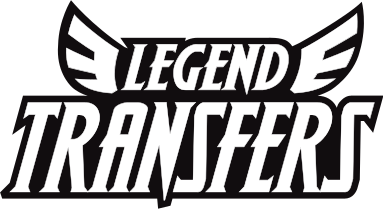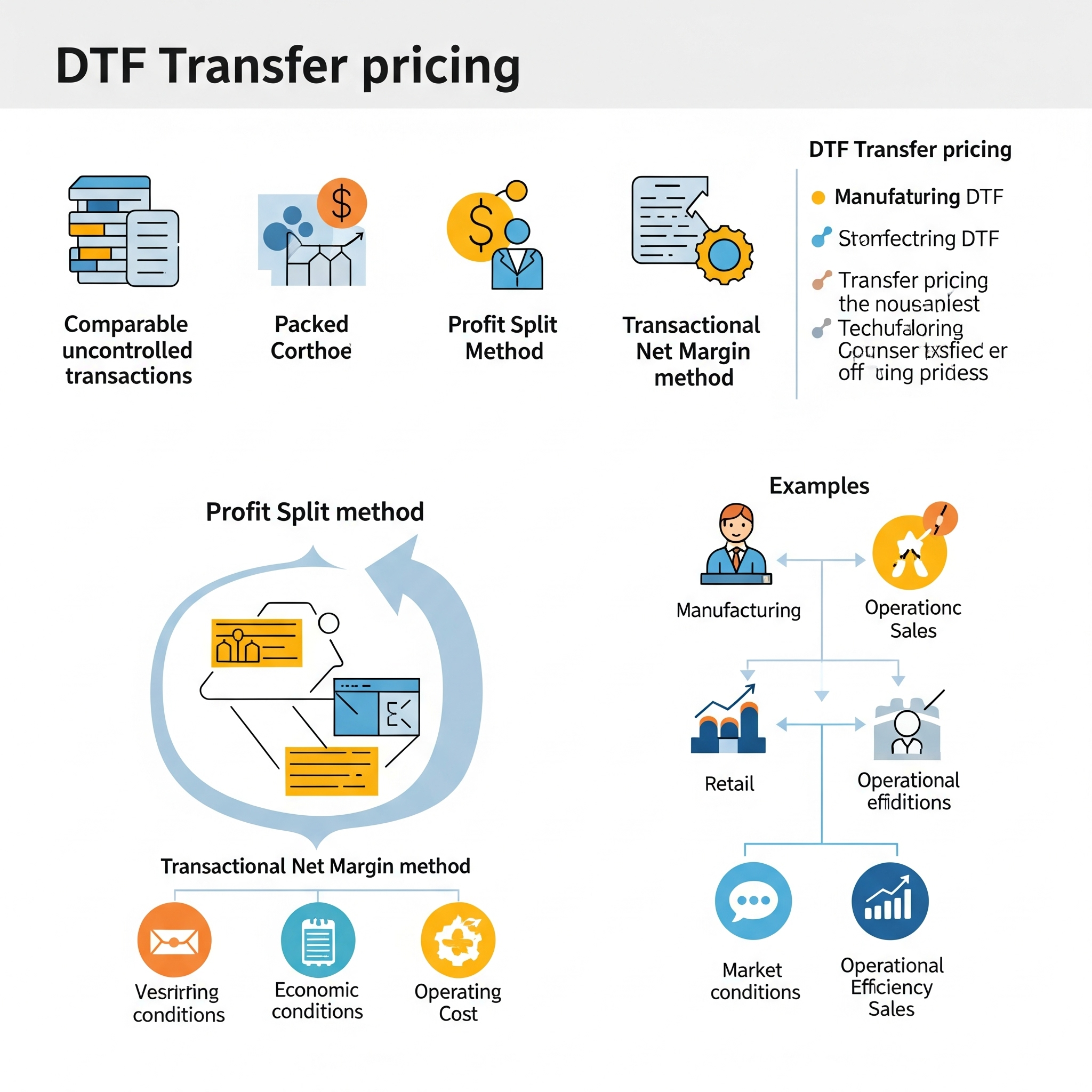What is a DTF Transfer?
DTF (Direct to Film) transfer is a printing technique that has gained significant popularity in the textile printing industry. This innovative method allows for the application of complex designs and smooth color transitions onto textile surfaces. As an alternative to traditional printing methods, it offers more vibrant and detailed prints at a lower cost. Below, we’ll discuss what Film Transfer Printing is, how it works, and explore its advantages in detail.
10 Essential Facts About DTF Transfer
Direct to Film Transfer is a technique where a digital print on a special film is transferred onto a textile surface using heat pressing. This method stands for “Direct to Film,” and, as the name suggests, the print is applied directly onto a film. Afterward, this film can then be transferred onto various fabric surfaces, such as t-shirts, sweatshirts, and bags, by pressing. Additionally, this method allows for greater flexibility in applying complex designs.
How Does DTF Transfer Printing Work?
The DTF Transfer printing process consists of several key steps:
• Digital Printing: To start with, the desired design is digitally printed onto a special film using a DTF printer. This type of film allows for vibrant colors and fine details in the print. Additionally, the printer uses not only the CMYK color palette but also a layer of white ink to create the background. As a result, this white ink layer makes the print more visible on the fabric, especially when applied to darker textiles.
• Application of Powder Adhesive: Following this initial step, a special powder adhesive is applied to the film. This adhesive not only allows the print to adhere to the fabric effectively but also enhances the durability of the print. Once the powder adhesive is applied, the film is then cured at a specific temperature to ensure a strong bond.
• Heat Transfer: Finally, in the last step, the cured film is applied to the fabric with a hot press. During this pressing process, the print fully transfers to the fabric and securely adheres to it. After the press process is complete, the film is carefully peeled away from the fabric, leaving only the print design on the fabric surface.
Where is This Printing Method Used?
This technique has a wide range of applications. Below are some main usage areas:
-
Personalized T-Shirt and Sweatshirt Prints: Custom design t-shirts or hoodies can easily be prepared with this method.
-
Promotional Products: In addition, it is ideal for printing company logos, event themes, or branding purposes onto promotional textile products.
-
Fashion Industry: Fashion designers can use this method to create unique prints in their collections.
-
Sports and Team Uniform Prints: This method can be used to print details like team logos, player numbers, and names.
Differences Between This Method and DTG (Direct to Garment) Printing
DTF and DTG (Direct to Garment) techniques are often confused, yet there are significant differences:
-
Application Surface: DTG prints directly onto the fabric, while the other technique prints on a film and then transfers to the fabric.
-
Fabric Compatibility: The film-based method can be applied to many different types of fabric, whereas DTG is mostly limited to cotton fabrics.
-
Cost and Equipment: Typically, DTG machines are more expensive and suited for large businesses. In contrast, the film-based method is a more economical option for small-scale businesses.
Equipment Needed for This Printing Method
To perform this technique, some basic equipment is required:
-
DTF Printer: Specially designed printers are used to transfer the digital print onto the film.
-
Heat Press: A high-temperature press is used to ensure that the print adheres to the fabric.
-
Powder Adhesive: A special powder adhesive is used to stick the print to the fabric.
-
DTF Film: A special type of film where the design to be printed is applied.
The Future of This Technology
This printing technology is rapidly spreading in the textile industry. As the demand for personalized products increases, it is expected to become even more widespread in the future. With technological advancements, it is likely that the print quality and durability will improve. Additionally, by using eco-friendly inks and adhesives, it will play a significant role in sustainable textile production.
Conclusion
DTF Transfer is a technology that has revolutionized the printing industry by allowing complex designs to be applied onto fabric in a vibrant and durable manner, all at a reasonable cost. Furthermore, it caters to the needs of both large and small businesses, especially given the rising demand for personalized products. Although there are a few disadvantages, the advantages offered by this method make it a preferred choice in the textile industry. As a result, it is expected to be even more widely adopted in the coming years.
Click here for UV DTF Transfers by Piece on Legend Transfers









